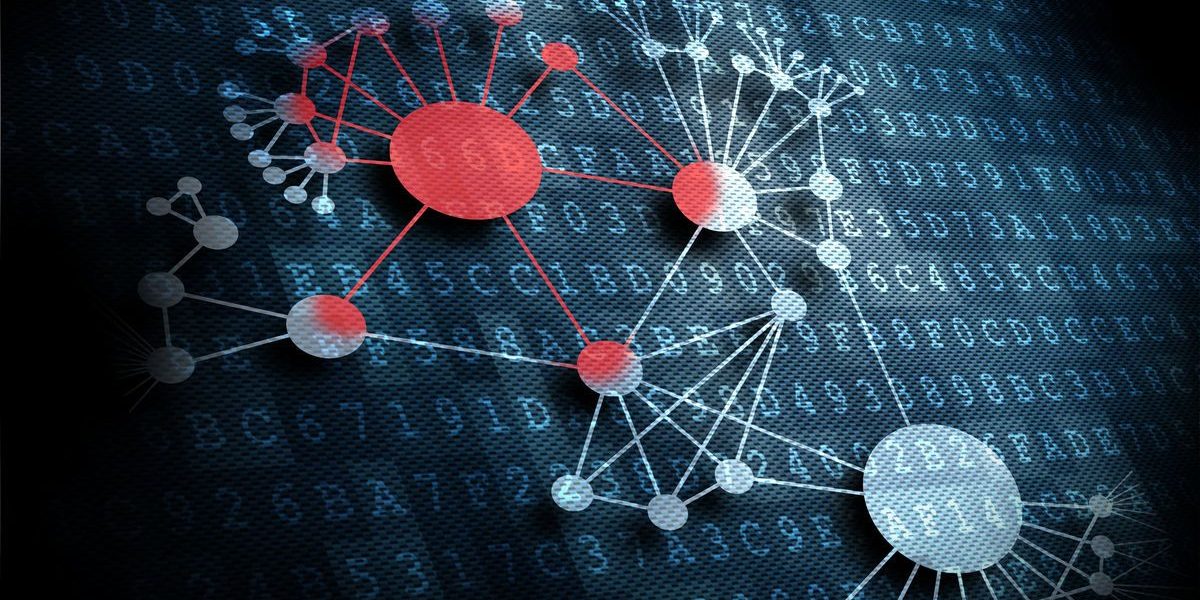
Introduction
This report covers our team’s incident response practices for the year 2018. We have thoroughly analyzed all the service requests, customer conversations and incident response deliverables to provide you an overview in numbers. The report includes statistics on how companies reveal data breaches and compromises, the attack vectors most commonly used by adversaries, how long they remain inside a company’s infrastructure and much more. We also provide some high-level recommendations to improve resilience against such attacks.
The data used in this report comes from the wide range of incident investigation services provided by Kaspersky teams. The main digital forensic and incident response operations unit is called the Global Emergency Response Team (GERT) and includes experts in Europe, Latin America, North America, Russia and the Middle East. However, our operational coverage is much greater and that’s why our company focused many more resources on incident response and malware analysis activities. An example of this is the advanced targeted attack investigations by the Global Research and Analysis Team (GReAT).
Reasons for requesting incident response
More than half of the requests for investigation were initiated by customers after detecting an attack that had visible consequences, such as unauthorized money transfers, workstations encrypted by ransomware, service unavailability, etc. This indicates the need to improve attack detection methods and incident response procedures within a company to avoid financial losses and to minimize the impact of attacks on the company’s infrastructure.
It should be noted that in two out of three cases, investigation of incidents related to the detection of suspicious files or network activity revealed an actual attack on the customer’s infrastructure. In the other cases, suspicious activity was caused by unusual user actions or software behavior related to security misconfigurations.
The most common reason for customer requests was a ransomware attack. This category of attack is characterized by rapid development, difficulty of early detection, and contrastingly obvious consequences.
Experts from Kaspersky Anti-Malware Research Department ranked the most common types of ransomware which targeted organizations in 2018.
If a ransomware attack is detected, it is recommended to:
- Isolate the host and the network segment where the incident took place to avoid further attack development.
- Take snapshots of RAM and images of the hard drives for further detailed investigation.
- Analyze encrypted files to determine the malware type. This will help to promptly implement a set of initial response measures.
- Conduct an investigation of the incident to determine the initial vector of attack and find possible backdoors to prevent recurrence of the incident.
| Name | Share of victims |
| WannaCry | 40.64% |
| Cryakl | 7.37% |
| GandCrab | 5.15% |
| (generic verdict) | 3.63% |
| Purgen/ GlobeImposter | 2.74% |
| Crysis/Dharma | 2.67% |
| Shade | 2.41% |
Top 7 ransomware attacks by share of victims
There are many more incidents in the wild
Only 22% of companies where evidence of malicious activity was detected requested an Incident Response service.
Kaspersky customers often request detailed analysis of the data collected by automated monitoring tools. As a result of analyzing this data, the following conclusions were reached:
81% of organizations that provided data for analysis were found to have indicators of malicious activity in their internal network.
One out of three organizations exhibited signs of an advanced targeted attack.
Attack trends and key security threats were identified for the following major sectors:
| Financial Institutions | Government Bodies | Industrial Companies |
| Signs of APT attacks appeared in the infrastructure of financial institutions one and a half times more often (54%) than in other organizations. | Malicious activity was detected in 95% of government bodies which is 14% more than across all organizations in general. | Industrial companies are more likely to be victims of bankers. Banker Trojan activity was detected in 27% of companies. |
| A small share of financial organizations showed signs of ransomware (12%) or banker (8%) infections. | Attempts to access resources associated with APT attacks were recorded in 45% of government bodies. | Manufacturing companies are less prone to APT attacks (15%) and ransomware attacks (25%). |
Adversary attack vectors
The remote management interface of the RDP service was used in the initial attack vector in one out of three incidents. In the majority of cases, an adversary successfully obtained a valid user’s credentials as a result of a brute-force attack on the RDP service. Such an attack usually lasted just a few hours because weak or dictionary passwords were used. In addition, in most cases the same credentials were used for authentication in different systems, so an attacker was able to reuse the usernames and passwords to access additional hosts.
In one third of attacks through remote management interfaces, the valid credentials were known to the intruder in advance (no brute-force attempts were detected). They were probably obtained using social engineering methods or were found on unsecured resources with public access (for example, if an employee used the same password to register on third party resources).
Recommendations:
- Restrict access to any remote management interfaces from external IP addresses. Remote control interfaces should be accessible only from a limited number of workstations. Use third-party solutions to enforce encryption (IPsec, stunnel).
- Enforce a strict password policy for all IT systems.
- Avoid using high-privileged accounts wherever possible: follow the principle of least privilege.
- Consider deployment of two-factor authentication.
33% of attacks occurred due to a lack of security awareness among employees. An employee downloaded a malicious file from untrusted sources and launched it, allowing an adversary to gain control over the workstation. While it is impossible to completely eliminate human error, regular staff training on information security awareness can significantly reduce the success of attacks using social engineering methods.
Recommendations:
- Use endpoint protection software on every host in the LAN and ensure it is regularly updated.
- Use a ‘sandbox’ for analysis of every file downloaded from external resources.
- Increase security awareness among employees, management and IT staff. This can be accomplished by regular security awareness sessions with periodic checks.
From a long-term perspective, the following strategies are recommended:
- Implement patch management procedures that include centralized software updates on all hosts, including those that are not a part of the domain infrastructure.
- Consider deploying a solution for network traffic analysis.
- Automatically back up data to a device that is not writable thereafter.
- Conduct regular security assessments of the IT infrastructure.
Attack duration
For a number of incidents, Kaspersky specialists have established the time period between the beginning of the attacker activity and the end of the attack. After analysis, all incidents were divided into three categories of attack duration.
| Fast Attacks (a few hours) |
Medium Duration Attacks (a few days) |
Continuous Attacks (three weeks and longer) |
| This category includes attacks lasting less than 24 hours. These are mainly incidents involving ransomware attacks. Due to the high speed of development, effective countermeasures to such attacks are limited to preventive methods. In some cases, a delay of up to a week has been observed between the initial compromise and the beginning of the attacker’s activity. |
This group includes attacks that have been developing for several days. In most cases, this activity was aimed at the direct theft of money. Typically, the attackers achieved their goals within a week. | Incidents that lasted more than a few weeks were included in this group. This activity is almost always aimed at stealing sensitive data. Such attacks are characterized by interchanging active and passive phases. Total duration of the active phases is, on average, similar to the duration of attacks in the previous group. |
| Common threat: Ransomware infection |
Common threat: Financial theft |
Common threat: Cyber-espionage and theft of confidential data |
| Common attack vector: Brute-force attack on RDP service |
Common attack vector: Downloading a malicious file via link in email Downloading a malicious file from infected site |
Common attack vector: Downloading a malicious file via link in email |
| Attack duration (median): 6 hours |
Attack duration (median): 8 days |
Attack duration (median): 3 months Total duration of active phases (median): 7 days |
Countermeasures:
|
Countermeasures:
|
Countermeasures:
|
Attack tactics and techniques
For a number of incidents, a list of MITRE techniques was prepared. The ATT&CK table below shows the frequency with which techniques were observed in the investigated incidents. Unfortunately, not many companies are currently mature enough to gain value from the ATT&CK framework or common descriptions such as STIX. For those capable of ingesting this kind of information, make sure to highlight mentioned techniques in your security tools of choice.
Conclusion
From the statistics in this report, we can conclude that cyberattacks target all types of businesses around the globe. It means that having a plan to defend and quickly respond to such attacks is no longer an option; it’s a must, regardless of business type.
Maintaining and improving an already existing incident response plan will accelerate handling of security breaches through proper containment, analysis and eradication of infected elements in the network. The risk of re-infection is reduced and defense against complex attacks is improved by utilizing the lessons learned from each incident to enhance the existing security process in the environment.
Along with a powerful auditing policy and a log retention period of at least six months to one year, developing guided procedures for proper handling of digital evidence will definitely help in faster and more complete analysis of incidents by experts. This results in quicker containment and reduces possible loss of assets, data or reputation.
Frequent security assessments have proved effective in discovering weaknesses early enough to fix them and hardening overall infrastructure before adversaries reveal those weaknesses and make use of them in an offensive attack.
Furthermore, we can see that humans are still the weakest link in the security chain. Even with a high-level security policy and security controls in place, a single employee uneducated in information security can trigger a major compromise of the internal environment and assets.
Incident Response report 2018

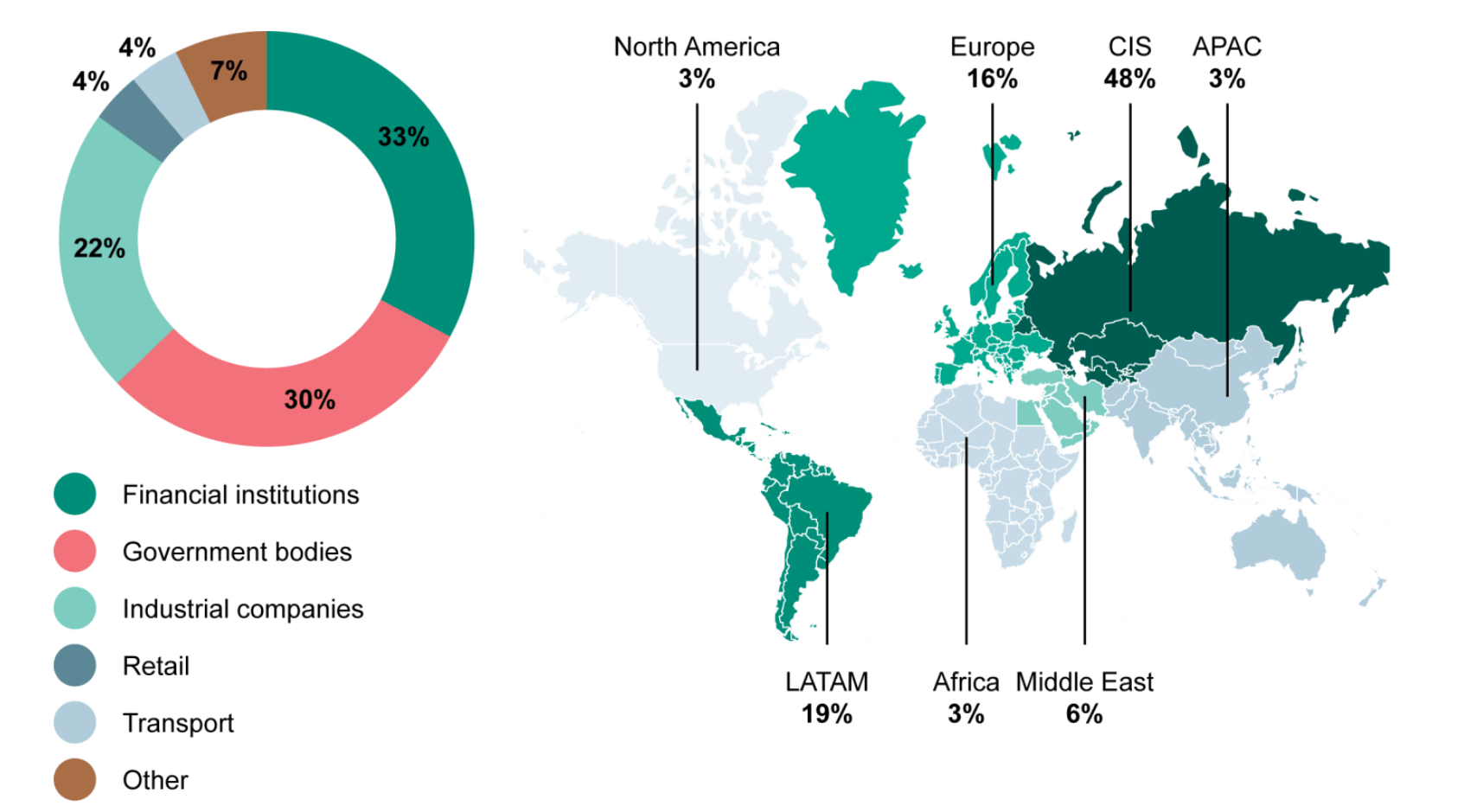


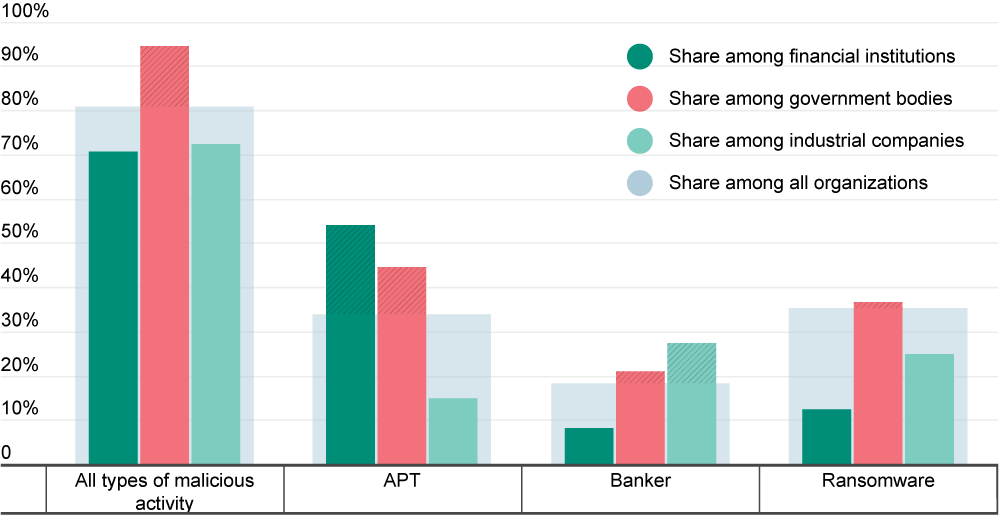
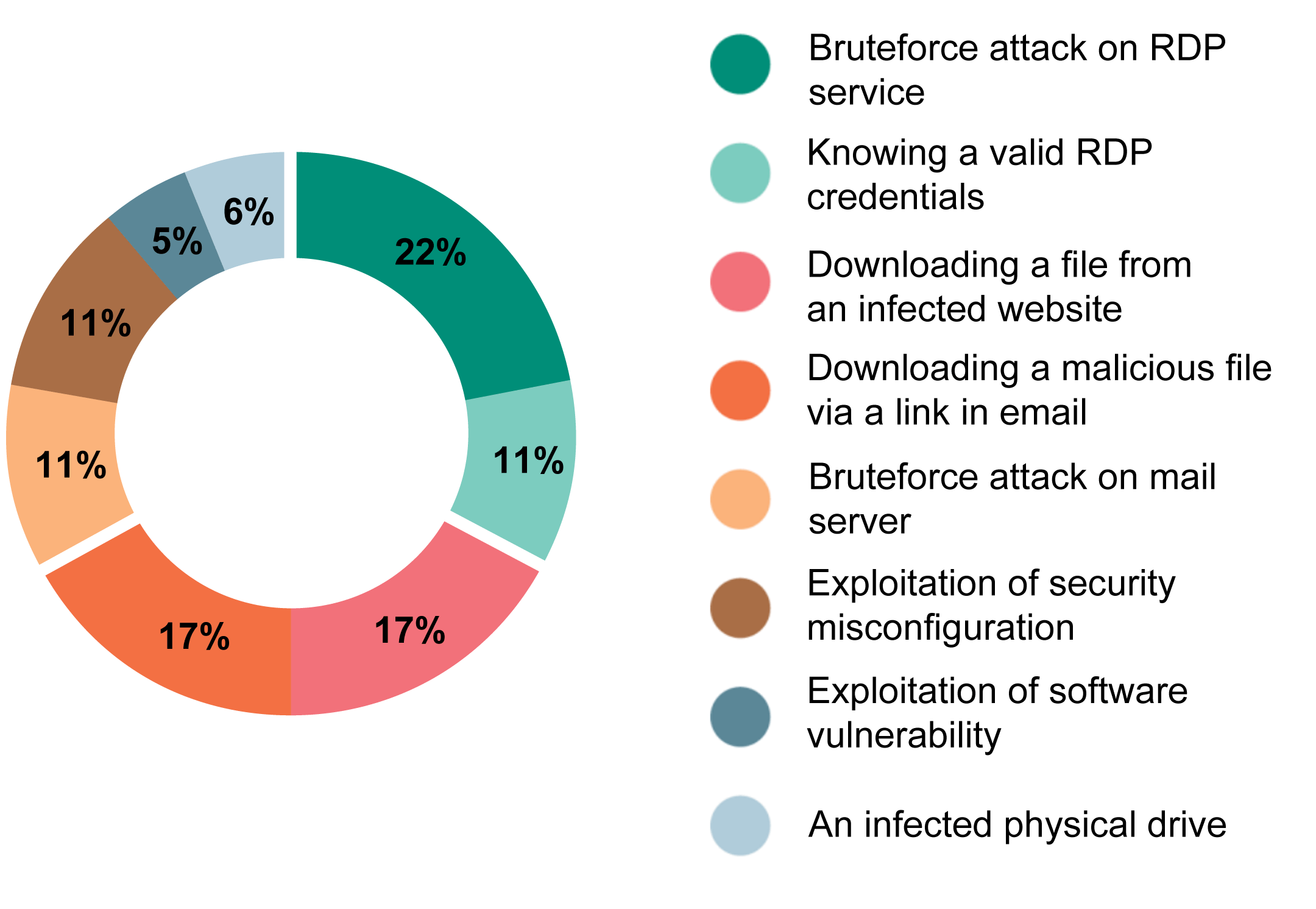
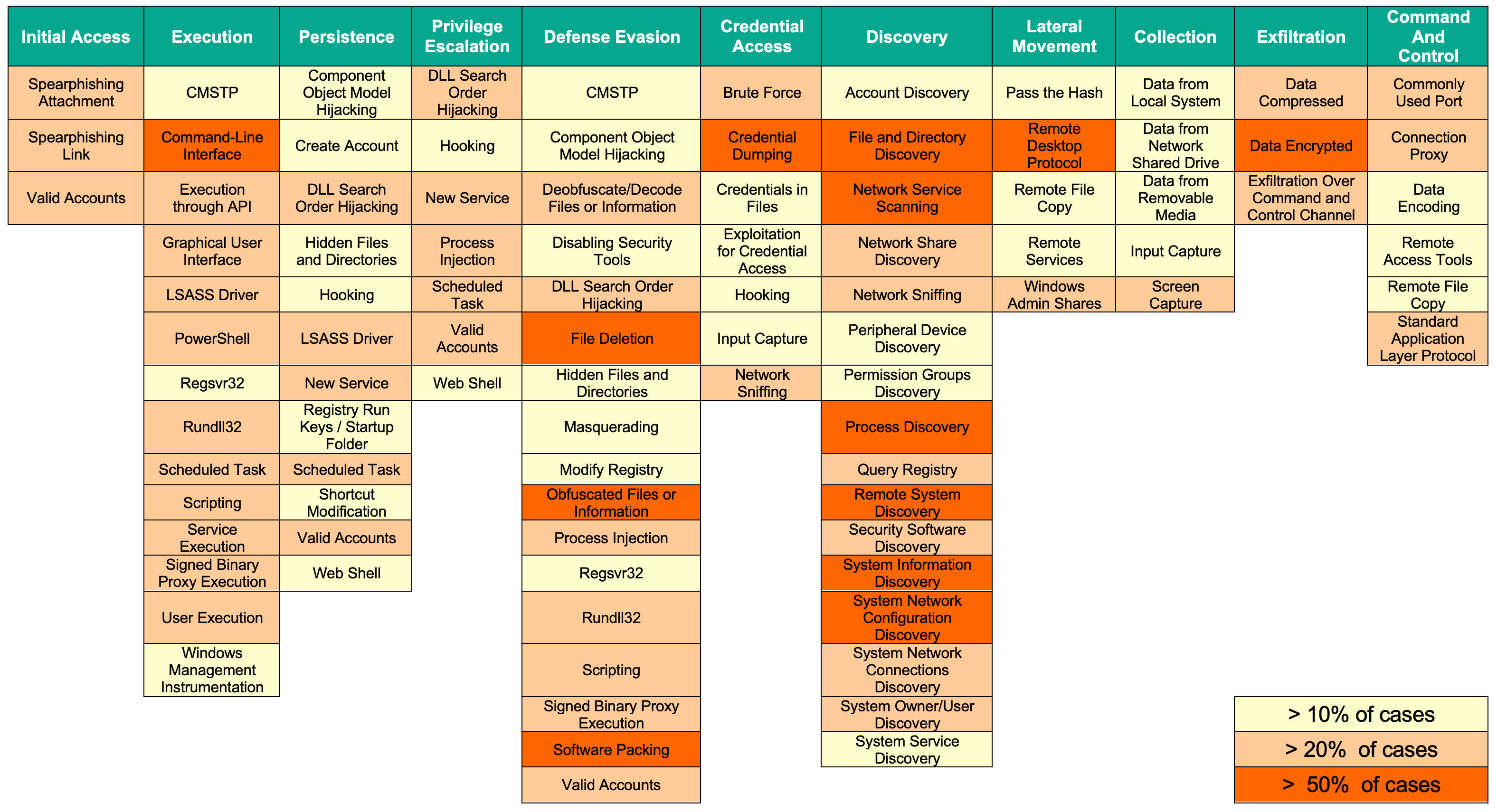


















Antonio Jose Borges
Estrou Estudando Segurança cibernética ,plea Centro Universítário Internacional UNINTER, este relatóriol está inserido Como referências de estudo, gostaria de estuda-lo na íntegra… conciente que irei aprender muito.
Securelist
Oi Antonio! Você pode baixar o relatório neste link: https://media.kasperskycontenthub.com/wp-content/uploads/sites/43/2019/08/29102608/Incident-Response-Analytics-Report_EN.pdf (também está disponível no começo deste post).